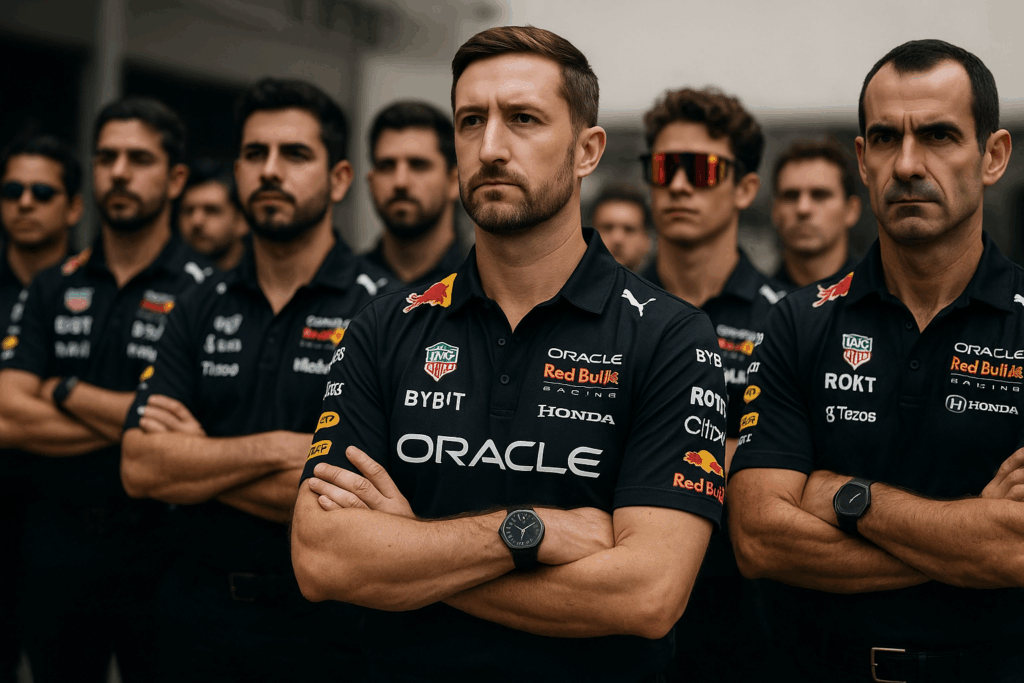Introduction
As the owner of a sports marketing company in the bustling city of Phoenix, I’m often queried about the efficacy of investing in sports sponsorships. This topic is indeed nuanced and multifaceted, demanding a deep dive into various aspects before forming a conclusion.
The Evolution of Sports Marketing
The digital era has undoubtedly transformed the landscape of the sports industry. The advent of the internet has enabled consumers to access content whenever they wish, fundamentally shifting the media consumption paradigm. However, live sports continue to offer brands an unparalleled opportunity for real-time engagement, setting them apart from other content genres.
Sports teams and networks recognized this shift in consumer behavior and quickly moved to harness it, driving up the value and cost associated with sports sponsorships. This surge in demand acknowledged the unique position sports holds in the market—making it both a desirable and costly marketing channel.
Is a Sports Sponsorship a Worthwhile Investment?
For a vast array of brands, a well-executed sports sponsorship can indeed be a shrewd investment. Key to success is understanding the sports audience, which is far more diverse than conventional wisdom might suggest. Here’s a gender breakdown of the major professional leagues:
- NFL: 46% female / 54% male
- NBA: 41% female / 59% male
- MLB: 39% female / 61% male
- NHL: 33% female / 67% male
This diversity, coupled with the passionate engagement of sports fans, presents a fertile ground for brand building. Fans within the 25-54 age bracket, which is known for substantial purchasing power, offer a highly valuable target demographic.
Strategic Alignment with Sports
To maximize returns, brands should entwine their identity with the team’s image beyond just the sponsorship assets acquired. This deeper association can yield positive brand perceptions through the tribal loyalty sports audiences exhibit.
Challenges and Considerations
Despite the potential benefits, the cost of sports sponsorship can prove prohibitive. Brands with limited budgets might struggle to craft and execute a strategy that delivers requisite impact. Therefore, companies must carefully assess their capabilities before embarking on this high-profile marketing pathway.
For companies with modest budgets targeting niche markets, alternative approaches such as hospitality assets or local team associations can provide valuable benefits without the scale of a full sponsorship.
Conclusion
Sports occupy a premium space within the marketing realm, offering access to prime audiences with the potential for significant brand uplift. However, the decision to invest must align with strategic objectives and financial realities. Proper planning, execution, and an understanding of the landscape are essential for leveraging sports sponsorships effectively.
If you seek expert guidance on optimizing your sports sponsorship strategy, don’t hesitate to reach out to me, Ed Olsen, at ed.olsen@linedrivesportsmarketing.com or call 602.284.6722. With decades of expertise in the sports field, I’m here to support your marketing endeavors.

